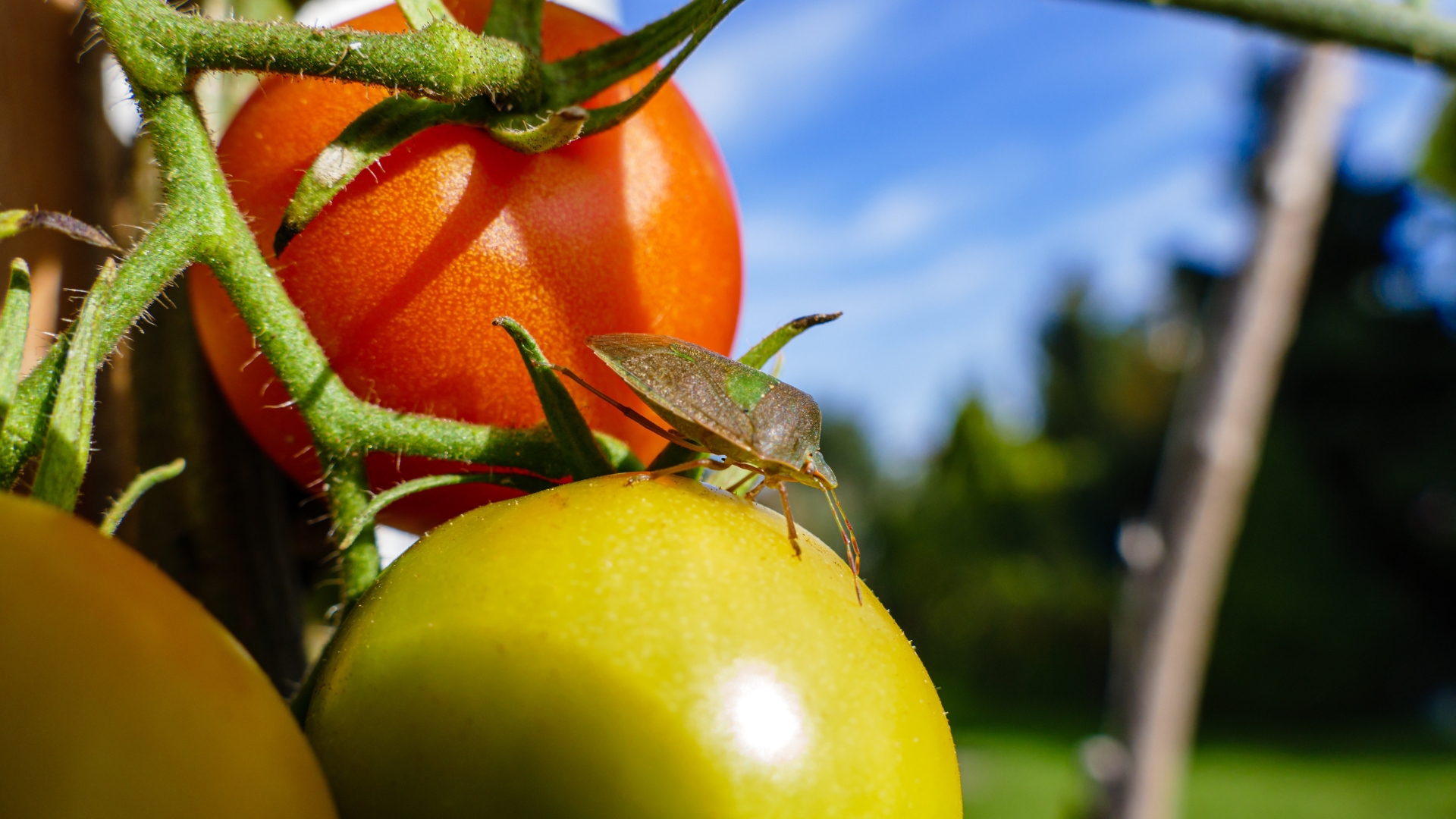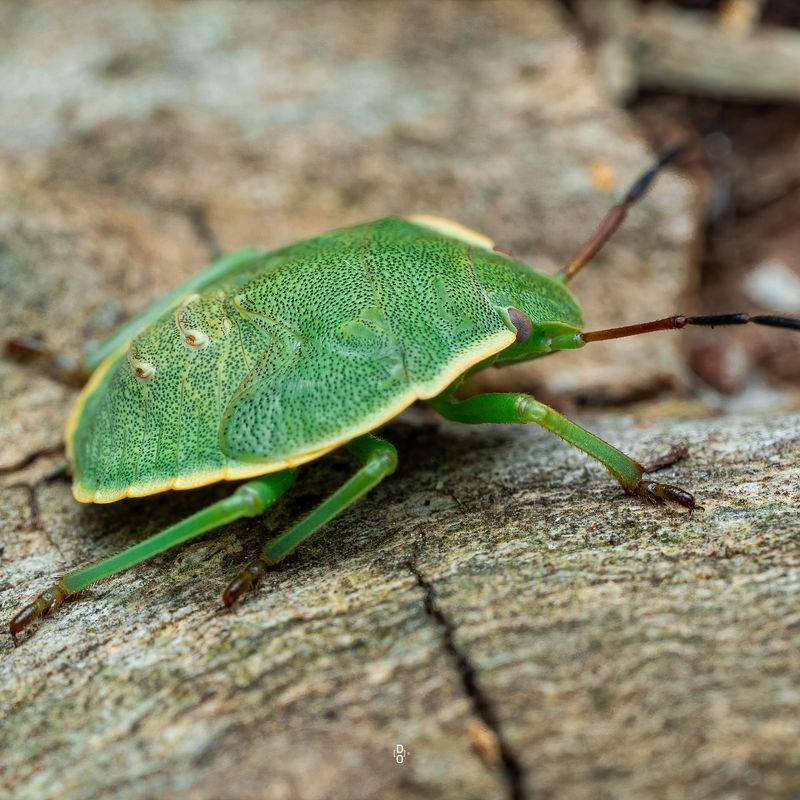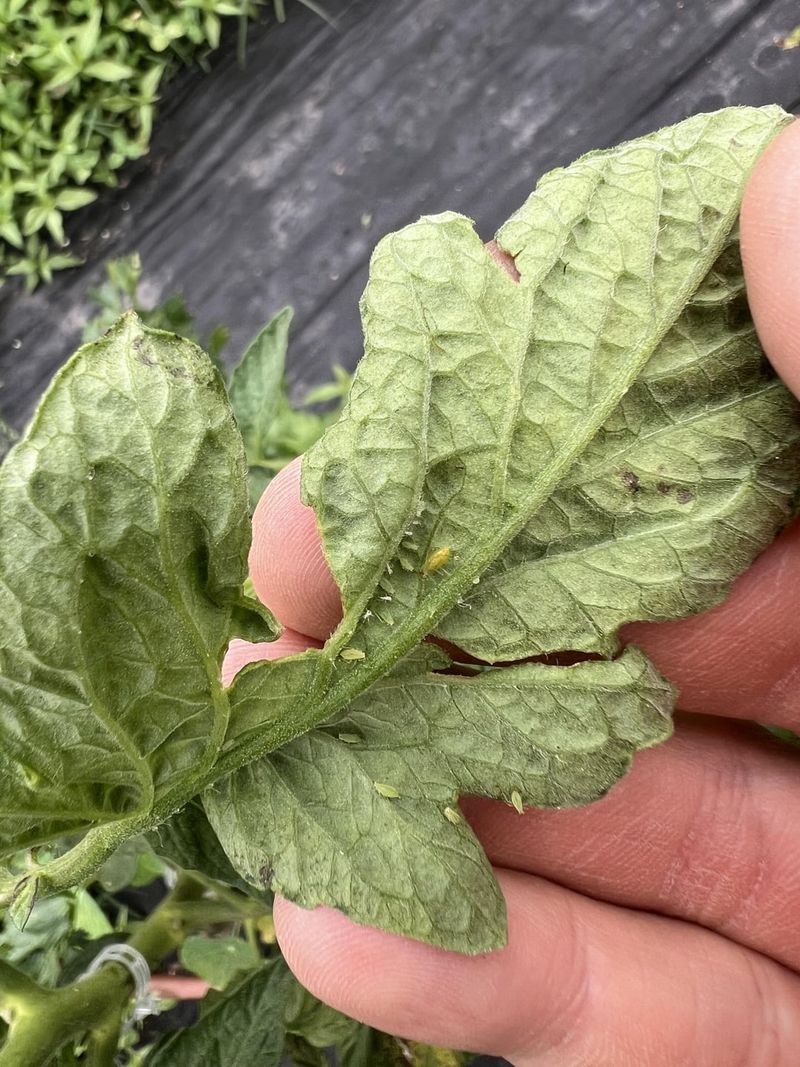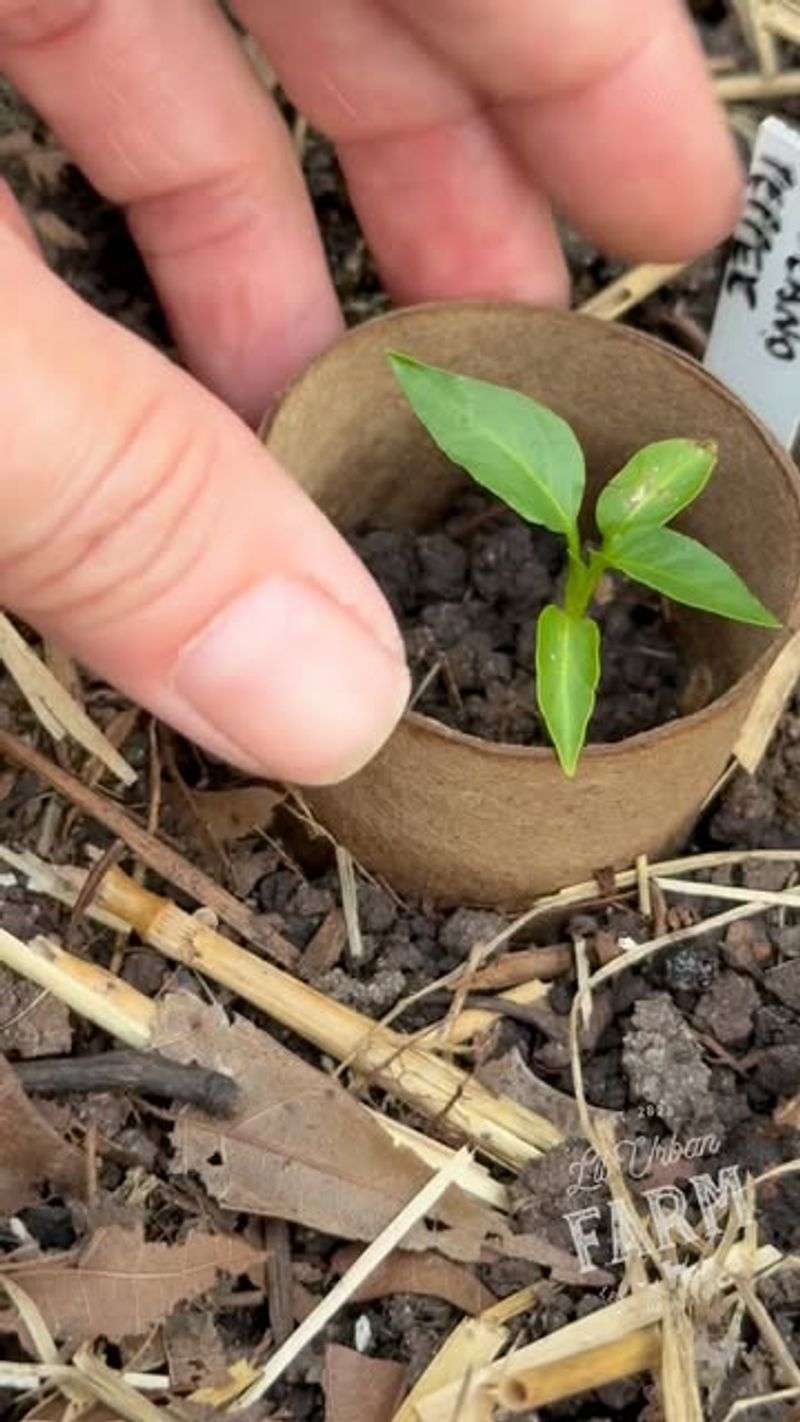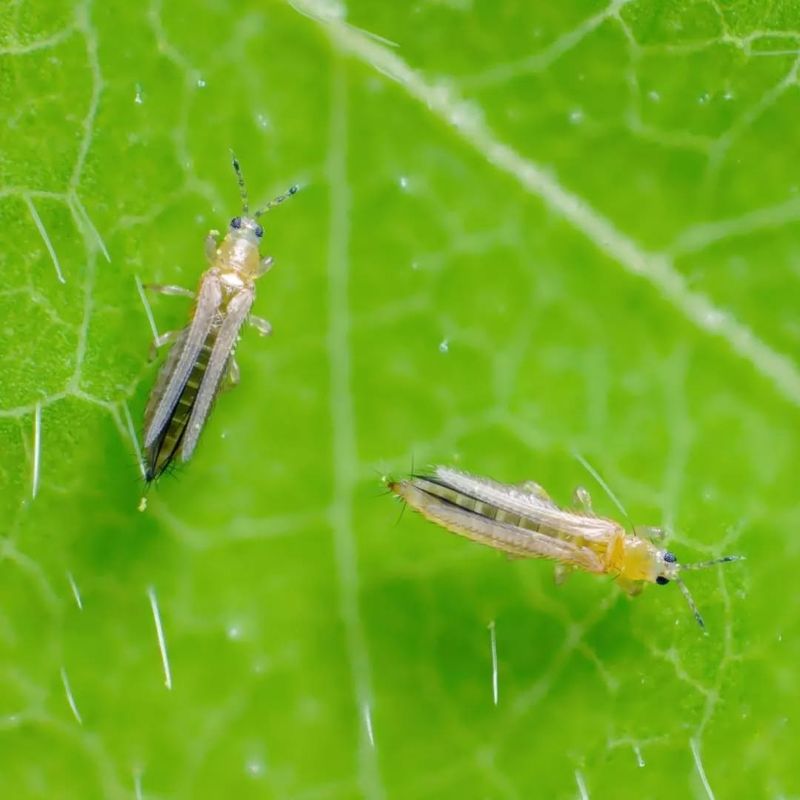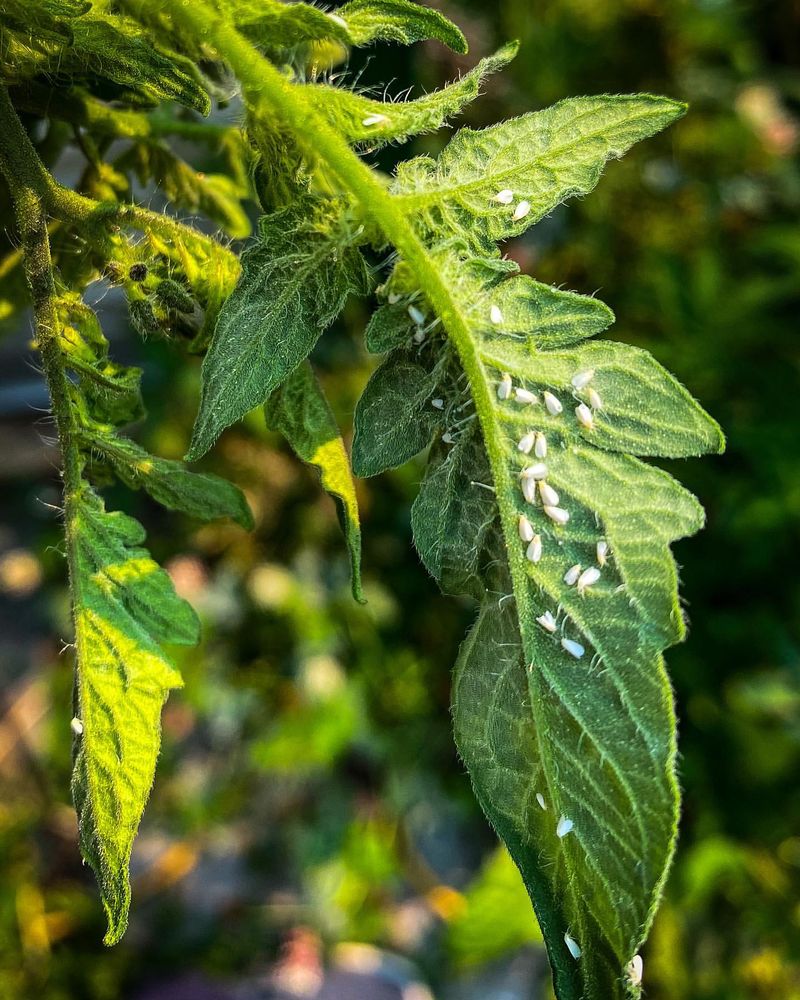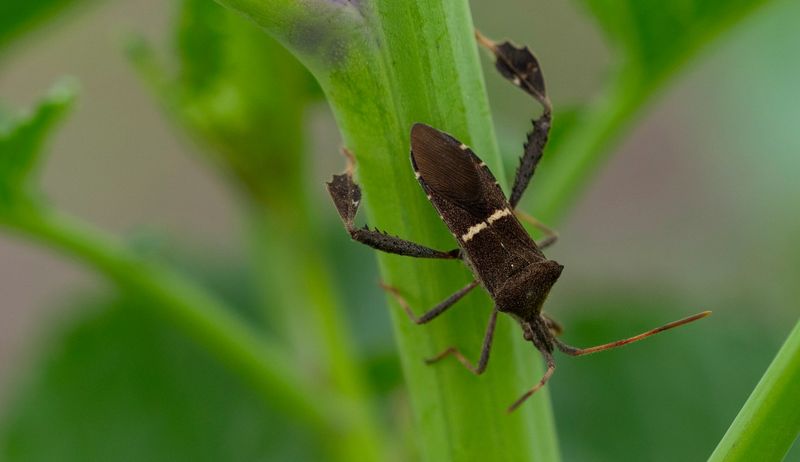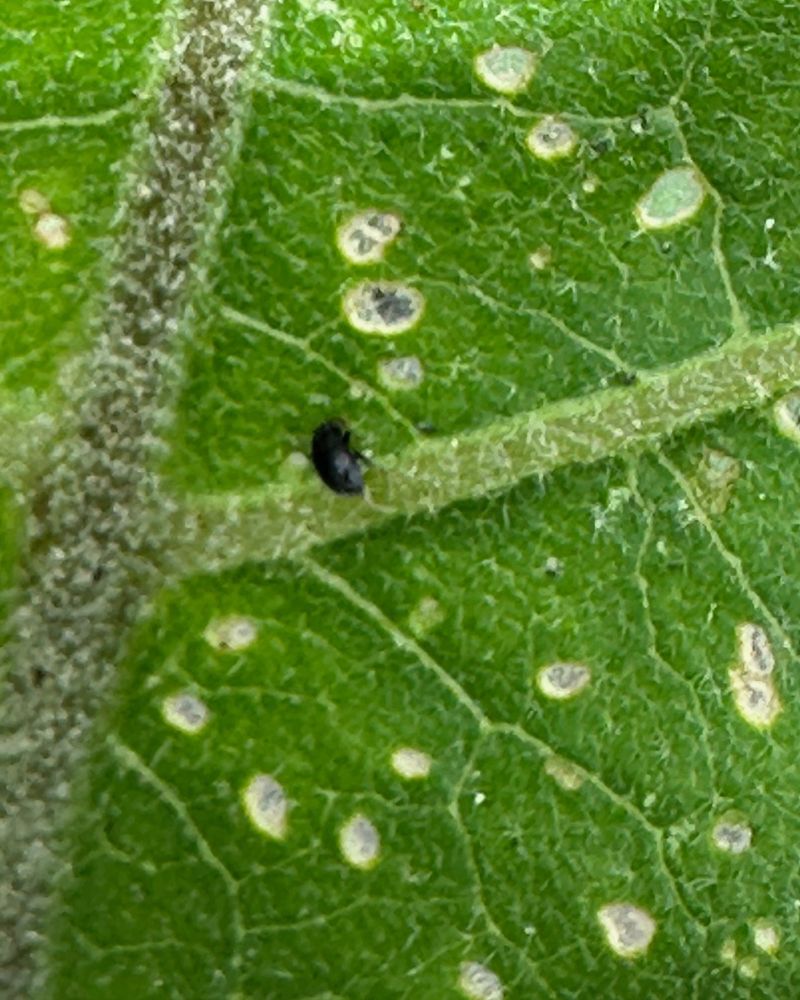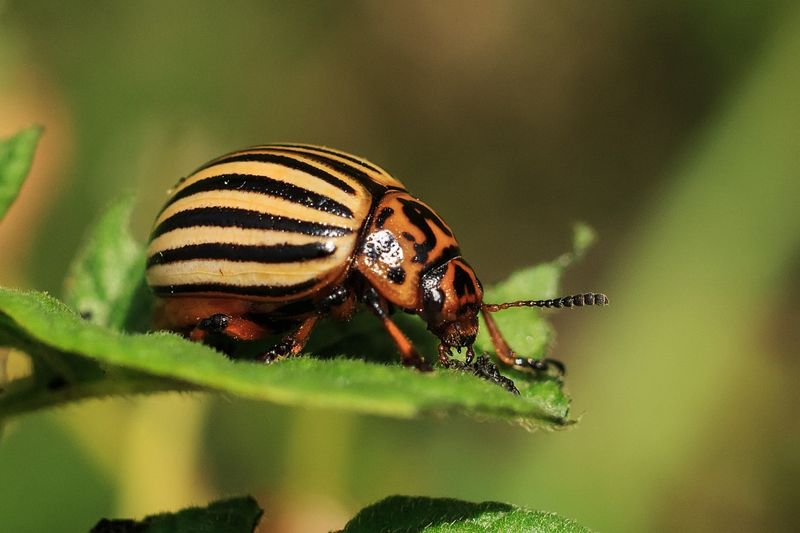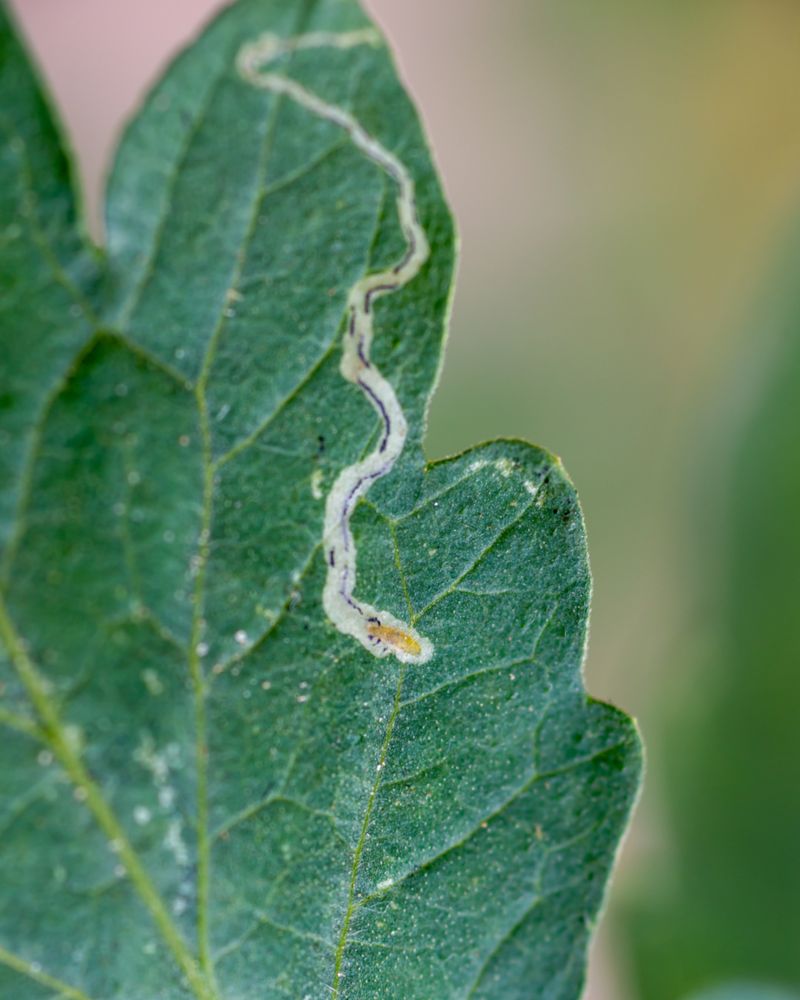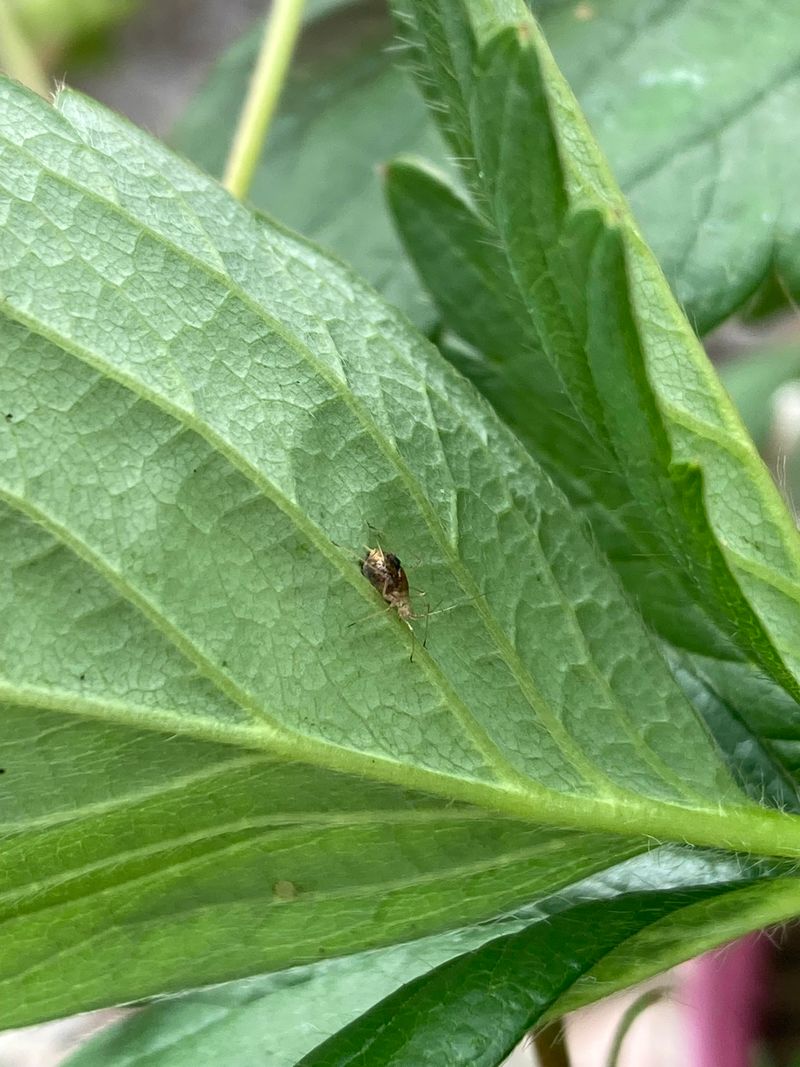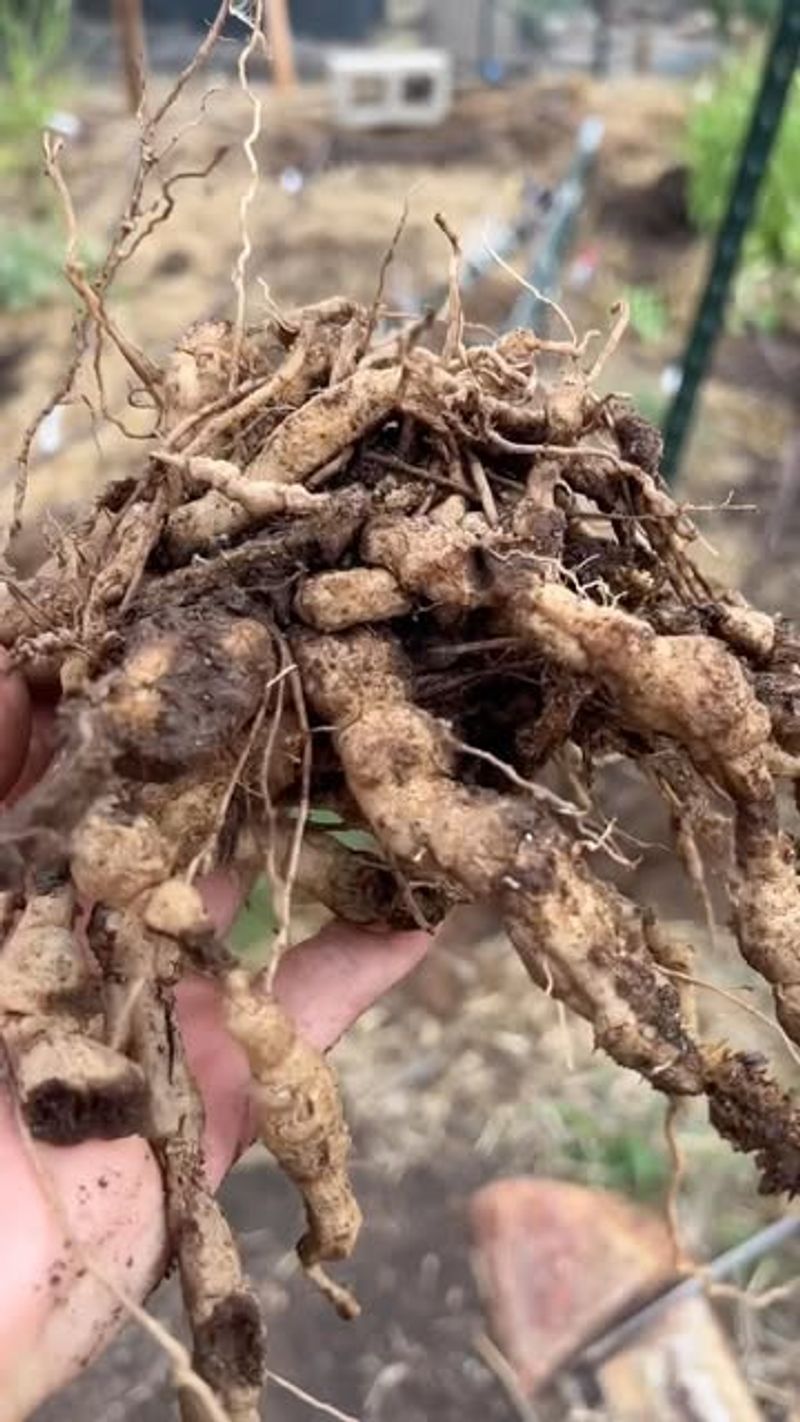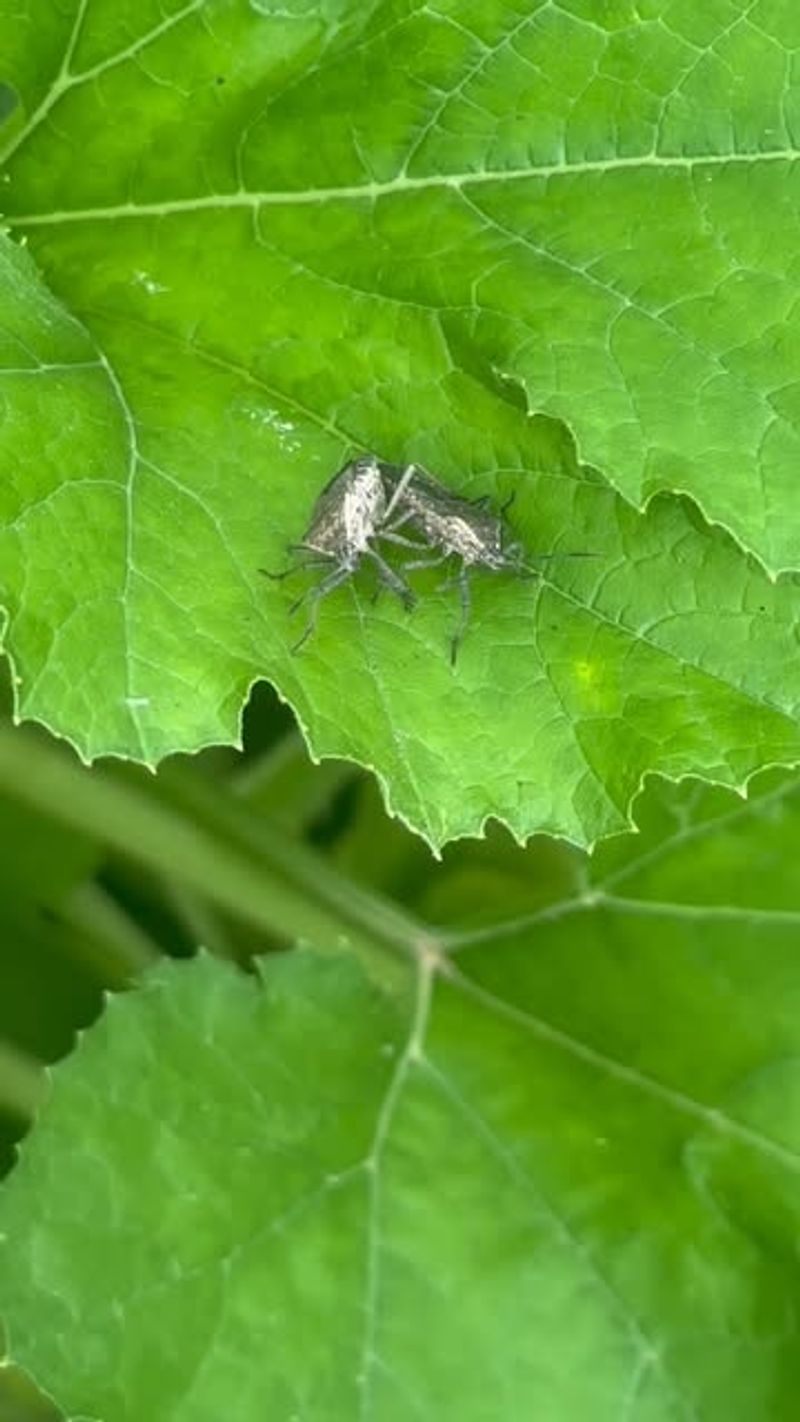Arkansas tomatoes are under siege this late summer—and the culprits might surprise you! Those plump red beauties we’ve been waiting for can suddenly wilt or get chewed up overnight.
I’ve seen my own vines turn from healthy to hopeless in a single weekend. Believe it or not, common pests like hornworms and stink bugs are the usual troublemakers.
Let’s uncover who’s attacking your tomato patch and how to stop them before your harvest goes kaput!
1. Tomato Hornworms
These giant green caterpillars can strip a tomato plant overnight in Arkansas gardens. Their camouflage makes them nearly invisible until significant damage occurs.
Look for black droppings on leaves and stems as an early warning sign. Handpicking remains the most effective control method for home gardeners across the Natural State.
2. Stink Bugs
Shield-shaped and smelly when squished, these pests pierce tomato fruits to suck out juices. The damage creates hard, yellow spots under the skin that ruin your harvest.
Arkansas gardeners report increasing problems with both brown and green varieties. Row covers early in the season can help prevent infestations before they become overwhelming.
3. Aphids
Tiny but mighty, these sap-suckers cluster on stems and under leaves. They reproduce rapidly in Arkansas’s late summer heat, weakening plants and spreading diseases.
Yellow, curling leaves often signal their presence. A strong spray of water knocks them off, or introduce ladybugs – natural predators that happily feast on these garden nuisances.
4. Cutworms
Nighttime raiders that chew through tomato stems at soil level, causing plants to topple mysteriously. Arkansas gardeners often find these culprits hiding in soil during daytime hours.
These grayish-brown caterpillars can destroy young transplants in a single night. Cardboard collars around plant stems create a simple barrier that prevents these pests from reaching your plants.
5. Spider Mites
Barely visible to the naked eye, these tiny arachnids thrive during Arkansas’s hot, dry spells. They create fine webbing between leaves and stems while sucking plant juices.
Yellowing leaves with tiny specks are telltale signs. Regular misting helps deter them, as they prefer dry conditions typical of late summer in the southern United States.
6. Thrips
Slender and tiny, these insects rasp plant tissue and suck sap from tomato leaves. The damage appears as silvery patches that later turn brown in Arkansas gardens.
Thrips also spread tomato spotted wilt virus, a serious disease. Blue sticky traps help monitor populations, while reflective mulch confuses these pests and reduces landings on your plants.
7. Whiteflies
Clouds of tiny white insects fly up when disturbed, settling back on leaf undersides. Arkansas’s extended growing season allows multiple generations to develop, weakening plants through continuous feeding.
They excrete honeydew that leads to sooty mold growth. Yellow sticky traps capture adults, while insecticidal soap sprays can control populations when applied to leaf undersides where they hide.
8. Blister Beetles
Long-bodied beetles that can cause painful skin blisters if handled. They arrive in groups and quickly defoliate tomato plants across Arkansas gardens in late summer.
Their voracious appetite makes short work of foliage. Wear gloves when managing these pests, and shake plants over a bucket of soapy water to collect and drown them before they cause extensive damage.
9. Leaf-footed Bugs
Named for their leaf-shaped leg segments, these large brown bugs pierce tomato fruits. The punctures create dimpled, discolored spots across Arkansas harvests.
Often confused with beneficial insects, these pests gather in groups. Their distinctive size (nearly an inch long) and leaf-like hind legs help identify them as they move from wild host plants into gardens.
10. Flea Beetles
Tiny jumping beetles that create shot-hole damage in tomato leaves. Their feeding weakens young plants and reduces yields in Arkansas gardens.
Adults are black, shiny, and jump like fleas when disturbed. Row covers provide effective protection, while diatomaceous earth sprinkled around plants creates a barrier these pests won’t cross.
11. Colorado Potato Beetles
Despite their name, these yellow-striped beetles love tomatoes too. Arkansas gardeners recognize them by their distinctive yellow-orange bodies with black stripes and their voracious appetite.
Both adults and larvae feed on foliage, sometimes completely defoliating plants. Rotating crops yearly helps break their lifecycle, as does handpicking the bright orange egg masses found on leaf undersides.
12. Fruit Worms
Also called corn earworms, these caterpillars tunnel directly into tomato fruits. Arkansas’s warm climate supports multiple generations throughout summer, leading to continuous damage.
Look for small holes near the stem end of fruits. The worms feed inside, leaving behind frass and creating an entry point for rot and disease that ruins your harvest.
13. Leafminers
Tiny flies whose larvae create serpentine tunnels between leaf surfaces. The damage appears as winding white trails throughout tomato foliage in Arkansas gardens.
While primarily cosmetic, severe infestations reduce photosynthesis. Removing and destroying affected leaves interrupts the lifecycle, while beneficial parasitic wasps often provide natural control if pesticide use is minimized.
14. Tarnished Plant Bugs
Mottled brown insects that feed on flowers and developing fruits. Their feeding causes dimples and scars on tomatoes, making them unmarketable across Arkansas.
These bugs move quickly when disturbed, making them difficult to catch. Keeping weeds controlled around garden edges reduces their habitat, as they move from wild hosts to garden plants throughout summer.
15. Root-knot Nematodes
Microscopic soil-dwelling worms that attack tomato roots. Arkansas’s warm soils create perfect conditions for these invisible pests that cause plants to wilt despite adequate watering.
Infected roots develop distinctive knots or galls. Rotating with marigolds or resistant crops helps reduce populations, while adding organic matter improves soil health and natural nematode resistance.
16. Squash Bugs
Though named for their primary host, these gray-brown bugs attack tomatoes too. Arkansas gardeners often find them moving from dying squash plants to nearby tomatoes in late summer.
Their feeding causes yellow spots on leaves that eventually turn brown. Early detection is crucial – check under leaves and along stems for their brownish egg clusters regularly.

